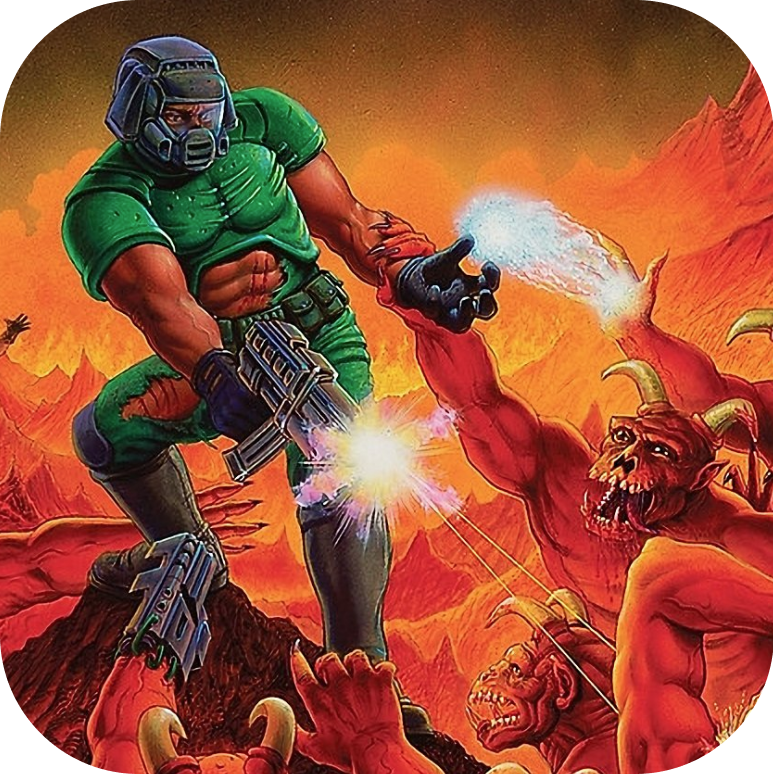From DOOM to PDF: The Art of Game Porting at its Limits
The gaming industry has witnessed countless technological marvels, but few are as persistently impressive as DOOM’s incredible portability. Since its release in 1993, id Software’s groundbreaking first-person shooter has been ported to virtually every imaginable platform. From scientific calculators to ATM machines, from printer displays to refrigerator screens – if it has a display and basic processing power, someone has probably managed to run DOOM on it.
The latest addition to this impressive list of DOOM ports might be the most fascinating yet: running DOOM inside a PDF document. This isn’t just a simple embedded video or a series of screenshots; it’s a fully functional version of the game running within the confines of a document format primarily designed for static content display.
The technical achievement behind this feat is remarkable. It leverages PDF’s often-overlooked JavaScript capabilities, pushing them to their absolute limits. The developers had to overcome numerous challenges, including:
- Memory Management: PDFs weren’t designed to handle the memory requirements of a 3D game
- Input Processing: Capturing keyboard and mouse inputs within a document viewer
- Display Rendering: Achieving acceptable frame rates within PDF’s limited graphics capabilities
- Sound Implementation: Working around PDF’s audio limitations
What makes this port particularly significant is how it challenges our fundamental understanding of what different file formats can achieve. The PDF specification, created by Adobe in 1993 (coincidentally the same year as DOOM’s release), has evolved far beyond its original purpose of reliable document display.
The project also serves as a testament to DOOM’s incredibly well-designed architecture. The game’s source code, released under the GPL license in 1997, demonstrates remarkable modularity and portability. The engine’s design principles, established by John Carmack and team, continue to influence modern game development practices.
This PDF port stands as a brilliant example of how technological boundaries are often more flexible than we imagine. It reminds us that limitations are frequently just opportunities for innovation in disguise.
